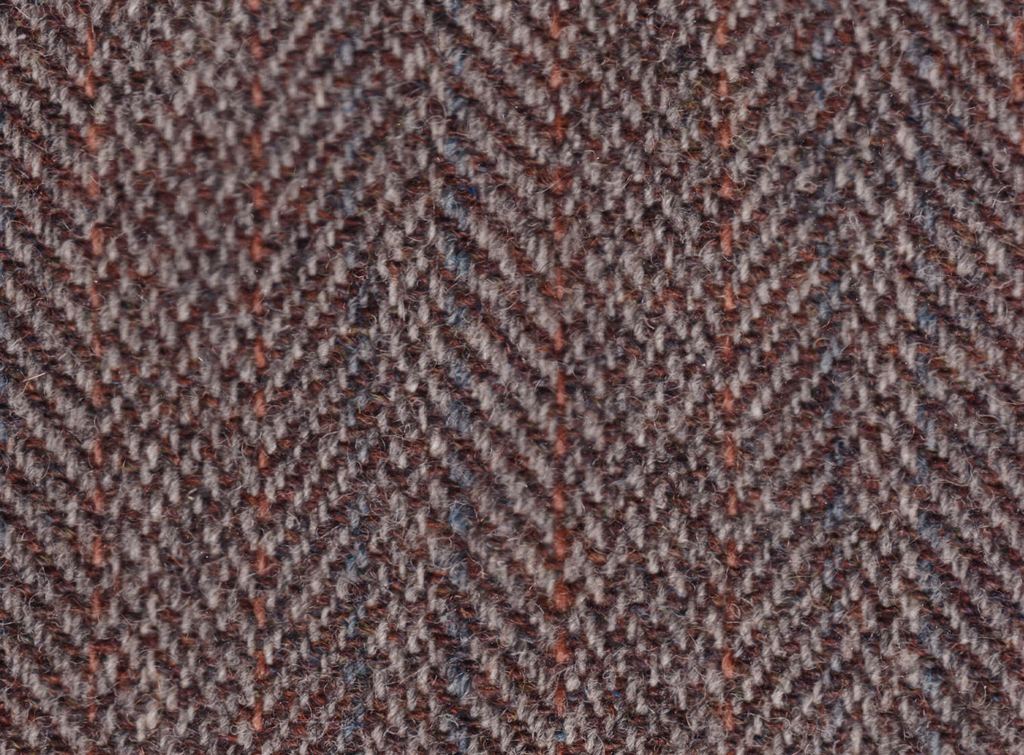Getting to know Tweed

Tweed is usually seen in clothing items from jackets, hats, gloves and even handbags and pillows. Tweed was originally known as "Tweele" but in the 1830's a London buyer misread the handwriting on the label as "Tweed" and named it after the River Tweed that flows through the famous cloth making area of Scotland. From this simple mistake the product began to sell under the name tweed in the long term.
Tweed is a broad subject and many different types of cloth can fit under this heading. However, tweed has many defining characteristics such as being a woollen fabric made from un-straightened fibres. This yarn is warm and flexible but not as smooth as worsted wool which is combed in one direction so every fibre lies the same way. Also tweed is usually woven in a twill weave where the old name of "tweele" originated from. This design has diagonal ribs crossing the fabric a lot like a pair of jeans.
- Men's Derby Tweed Jacket, Dark Tweed
You can still find tweed made in plain weave but it is not very common. More popular styles have additional designs woven in such as herringbone, houndstooth and barley corn which gives the tweed a more authentic and rough appearance. The rough look is what most people go for, this explains why normal earth-tones are used in the dying process. Different regions of Scotland have their own specific trademarked tweed made locally and dyed in certain colours and all from their local wool. Most well known would be Harris Tweed from the Outer Hebrides of Scotland and the Donegal Tweed from Ireland.
- Harris Tweed Long Wallet, Grey
There are 3 different types of Tweed. The famous "Harris Tweed" which is a handwoven tweed that is defined in the Harris Tweed Act of 1993 as a cloth that is "Handwoven by the islanders at their homes in the Outer Hebrides, finished in the Outer Hebrides, and made from pure virgin wool dyed and spun in the Outer Hebrides". Secondly we have "Donegal Tweed" which is a handwoven tweed manufactured in County Donegal, Ireland. Donegal has a long history of producing tweed from it's local materials. There are plenty of sheep living in Donegal, and dyes are provided from the many plants such as blackberries, fuchsia gorse (whins) and moss. Finally we have Silk tweed which is made from 100% raw silk with flecks of colour typical of woollen tweeds.

 Check out our Yopto Reviews
Check out our Yopto Reviews

